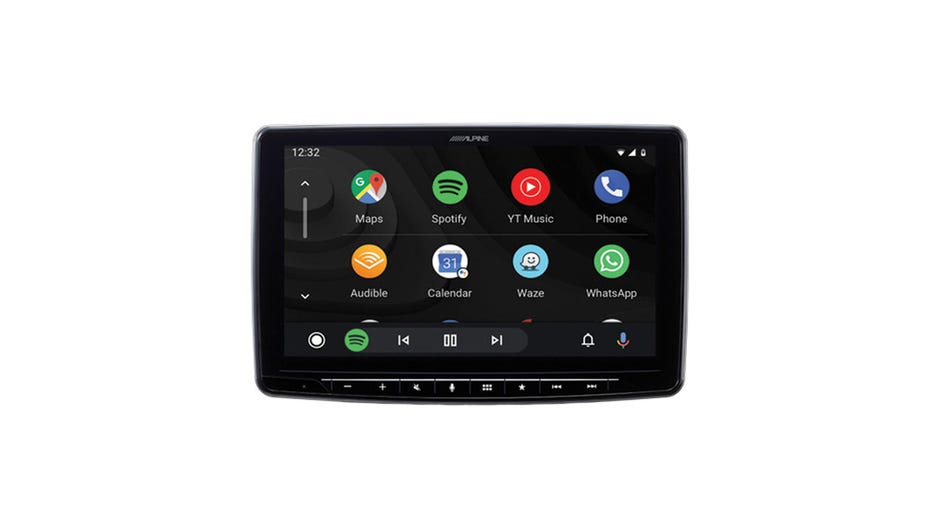

After roughly 30 seconds, you will see a control video on the head unit, and a few minutes more, you will see navigation (OsmAnd).
#ANDROID AUTO ANDROID#
Try connecting to the ODROID from the head unit with Android Auto. Go to your car, change the car's date to somewhere between July 3, 2014, and Ap(these are the certificate validity dates).
#ANDROID AUTO DOWNLOAD#
Download appropriate maps and other files, then turn off the ODROID. You should see the OsmAnd start screen.Get the ODROID's IP address and connect to it through Virtual Network Computing.Make sure the ODROID is connected to the web by Ethernet and turn it on. Concatenate the files, unpack them, and copy the results to an SD card:.A GPS USB receiver (I've tested the u-blox 7) this is not required to test AACS, but it's useful.A cigarette lighter plug to 2.1/5.5mm plug cable (to power the ODROID in the car).An SD card (16GB should be enough to start 32GB is recommended) with a USB SD card reader.To try AACS, you need the following hardware: GetEvents is an application that connects to AAServer and forwards touch events from the car's head unit touch screen to the selected application window using X Server's XTest extension.Combined with other Gst elements (such as ximagesrc), it allows you to cast any application to your car's head unit. AAVideoSink is a GStreamer sink that sends video from a GStreamer Gst pipeline to AAServer.By using AAClient, you do not need to choose whether to connect your mobile or ODROID N2-you can connect both simultaneously. AAClient is an AAP implementation that communicates with a phone that may be connected to ODROID N2 and forwards all traffic to AAServer.It handles encrypted AAP-over-USB communication and exposes it over a Unix socket for use by other modules. AAServer is an implementation of Android Auto Protocol (AAP) that communicates with the car's head unit.

Android Auto Client-Server (AACS)ĪACS currently consists of three core modules and one external module that run on ODROID N2, an ARM-based single-board computer: However, this article utilizes the other side of the communication interface-the mobile device side of the protocol. One such implementation of the Android Auto protocol is OpenAuto, a head unit emulator by Michal Szwaj. Therefore, reimplementing the protocol from scratch is the safer approach for the long run. The first approach seems simpler but is somewhat risky: it may use Google's intellectual property and therefore be subject to legal action, and it may break with new Android Auto versions (especially since Google actively works to make that happen). There are two approaches for displaying other content on the head unit's screen: you can hack the Android Auto application, or you can reimplement the protocol from scratch.
#ANDROID AUTO FREE#
#ANDROID AUTO UPDATE#


 0 kommentar(er)
0 kommentar(er)
